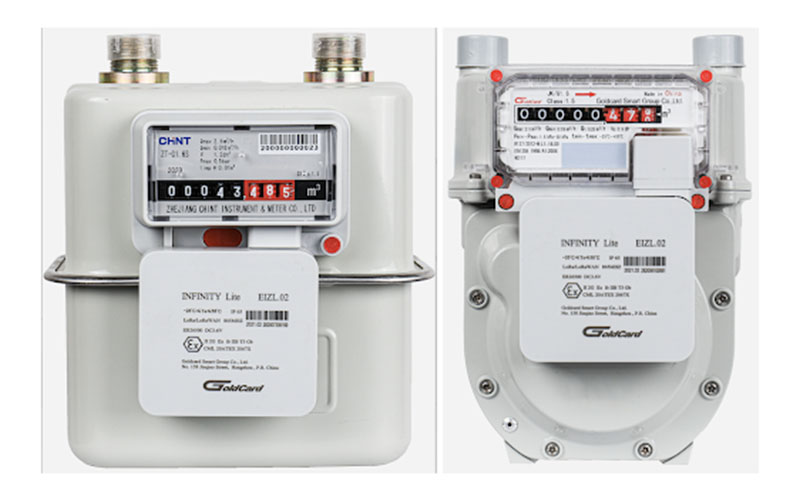Ultrasonic gas meters are advanced devices used to measure the volume of gas passing through them by utilizing ultrasonic sound waves. Unlike traditional mechanical meters, they have no moving parts, which makes them highly accurate, reliable, and low-maintenance. Here’s how they work and what makes them unique
How Ultrasonic Gas Meters Work
- Ultrasonic Transducers:
-
- Ultrasonic gas meters contain two or more ultrasonic transducers that send and receive sound waves.
- These transducers are typically positioned opposite each other inside the meter.
-
Sound Wave Transmission:
- The meter sends ultrasonic sound waves from one transducer to the other through the gas flow.
- These waves travel both with and against the direction of the gas flow.
-
Time-of-Flight Measurement:
- The key principle behind ultrasonic gas meters is the “time-of-flight” method.
- The meter measures the time it takes for the ultrasonic waves to travel between the transducers.
- When gas is flowing, sound waves traveling with the flow move faster, while those traveling against the flow take longer.
-
Calculation of Gas Flow:
- The meter calculates the difference in the time-of-flight between the two directions.
- This time difference is directly proportional to the velocity of the gas flow.
- Using the velocity, the meter then calculates the volume of gas passing through.
-
Digital Processing:
- The data collected by the transducers is processed digitally to determine the flow rate and total gas consumption.
- This information is displayed on a digital screen and can be transmitted to the utility company in the case of smart meters.

Leave a Reply